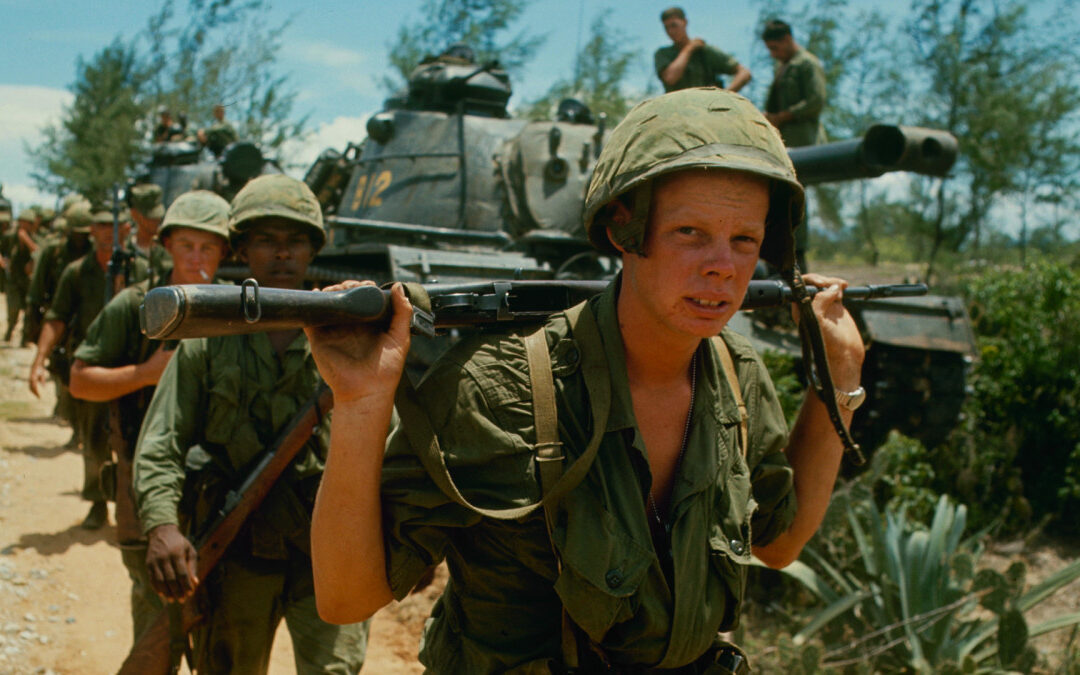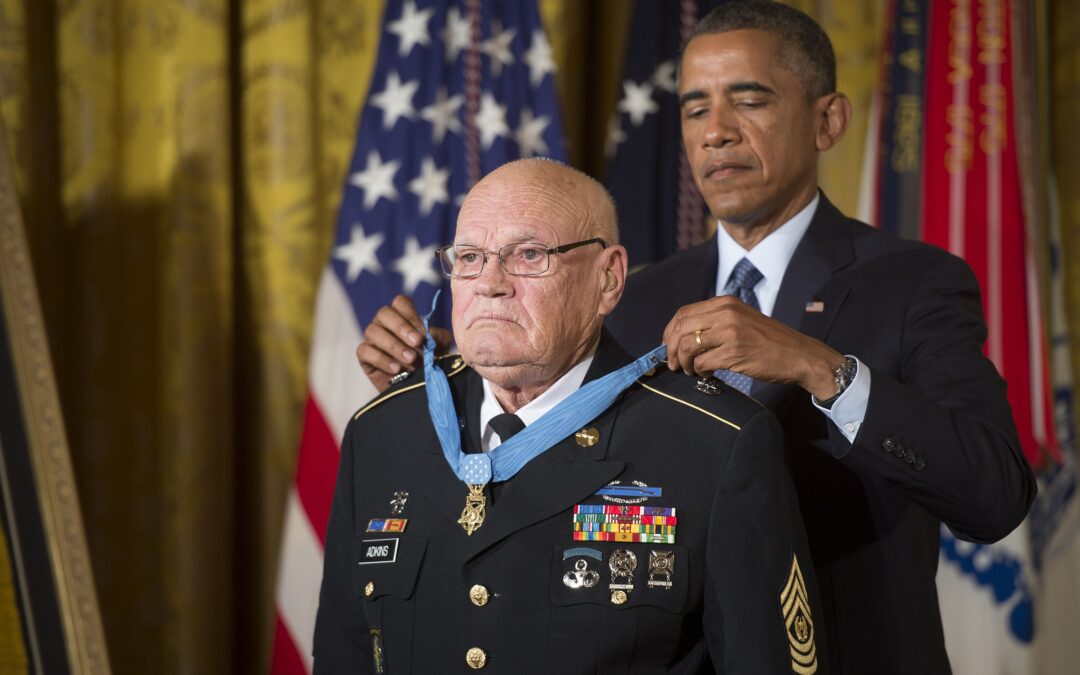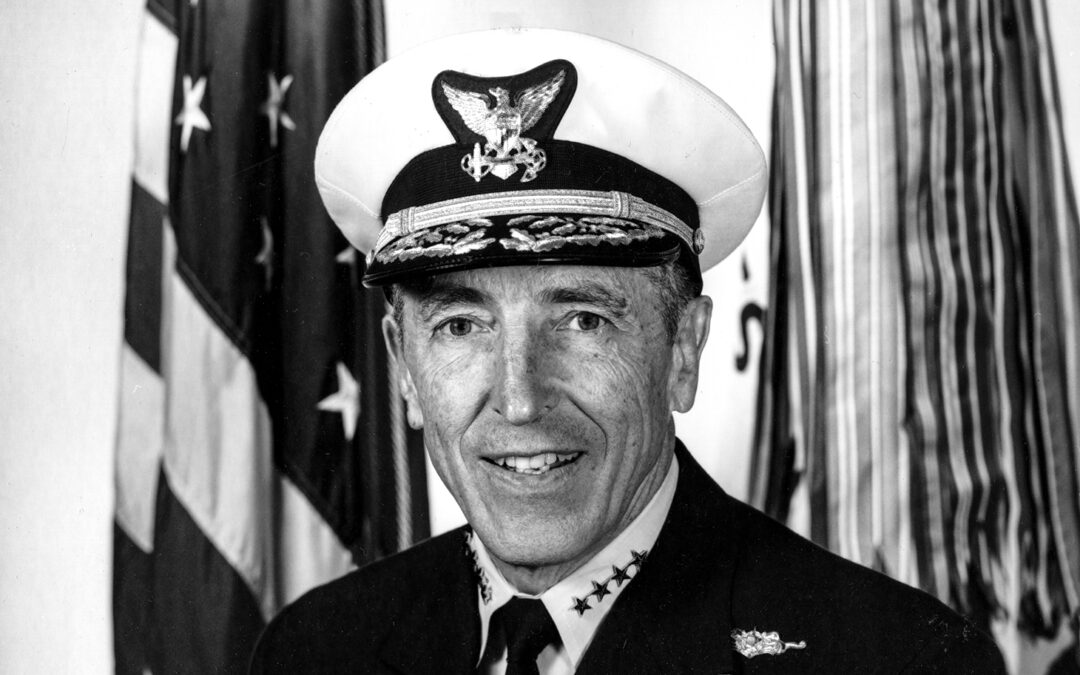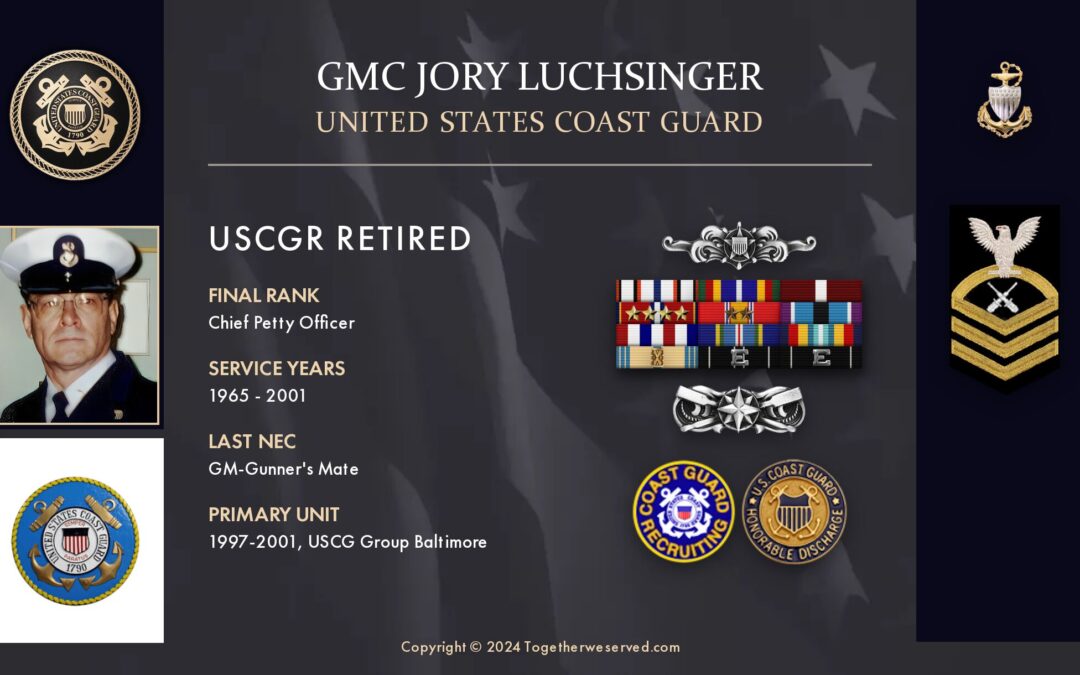LTC Darrell Elmore remembers, "In June 1964, I was part of an operation designed to intercept a VC propaganda team reported to be parading a small group of U.S. Prisoners of War along the border between Cambodia and Vietnam. The purpose was to show the locals and the VC units that the Americans were easily beaten in combat. In charge of this operation was Saigon based, Maj. LaMar and the 1st SFG A-Team at Trang Sup, a camp about 12 kilometers north of Tay Ninh. The Operational Plan LaMar Designed in Vietnam War The operational plan LaMar designed was to employ the classic military hammer and anvil tactics used successfully by Alexander the Great in his conquest of the known world. The first element of his plan was a superior infantry force setting up a blocking position. The second element was an airmobile cavalry using armed helicopters to drive the enemy out of hiding into a clearing into the waiting friendly infantry units ready to blow them away. Several American Special...











